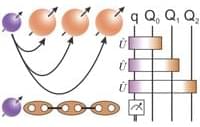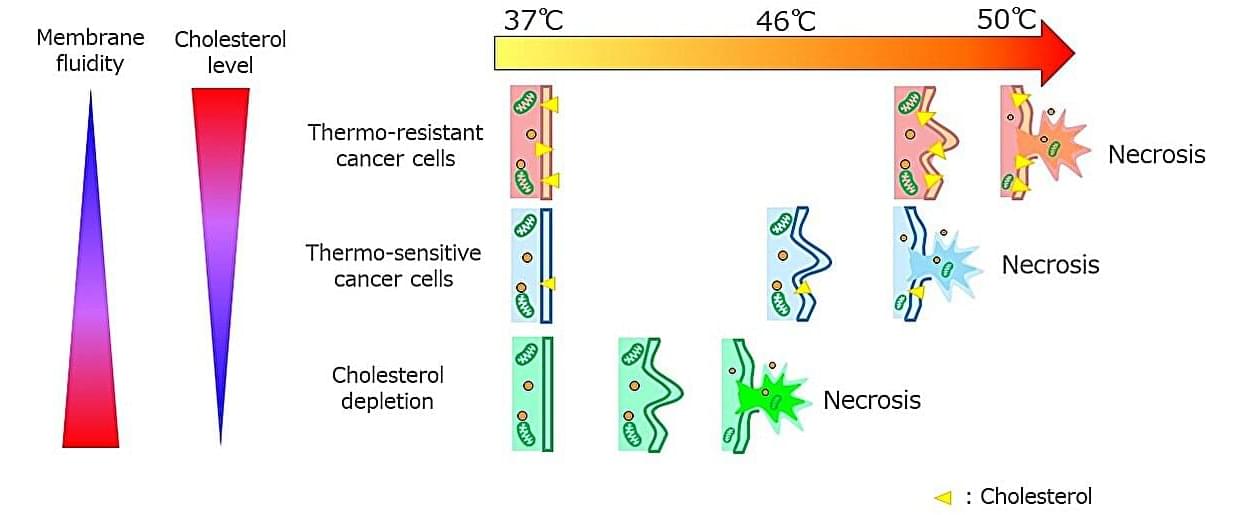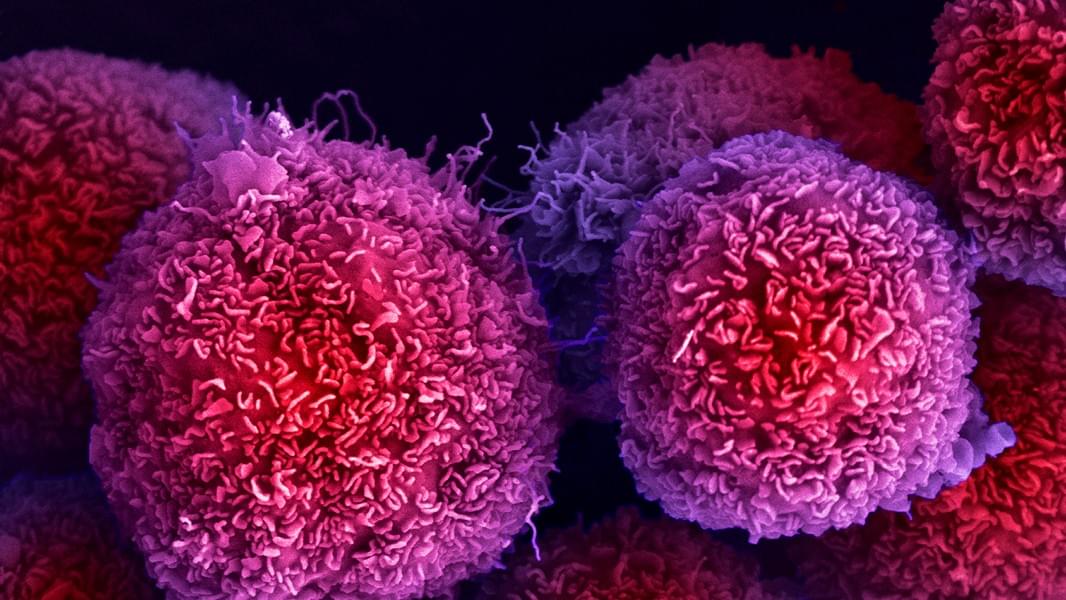Qutrits are used to efficiently encode and process quantum information in a symmetry-protected topological phase, reducing both the physical resources and the number of gates compared to a qubit implementation.



The technique simulates elastic objects for animation and other applications, with improved reliability compared to other methods. In comparison, many existing simulation techniques can produce elastic animations that become erratic or sluggish or can even break down entirely.
To achieve this improvement, the MIT researchers uncovered a hidden mathematical structure in equations that capture how elastic materials deform on a computer. By leveraging this property, known as convexity, they designed a method that consistently produces accurate, physically faithful simulations.

Since the time of the ancient Greek physician Hippocrates, cancer has been recognized as being sensitive to heat. Today, this principle forms the basis of hyperthermia treatment—a promising cancer therapy that uses controlled heat to kill tumor cells while sparing healthy ones.
Unlike chemotherapy or radiation, hyperthermia works by heating cancerous tissue to temperatures around 50°C, causing cancer cell death while simultaneously activating the body’s immune system against the tumor. This approach holds particular promise when combined with immunotherapy, as heat-killed cancer cells can trigger a stronger anti-tumor immune response.
However, a few major challenges have limited hyperthermia’s clinical success. One of the main hurdles is the limited understanding of the biological mechanisms behind heat sensitivity in cancer cells. Researchers have discovered that some cancer cells—even those from the same organ—react differently to heat shock, with some surprisingly more heat-resistant than others.

â The Matrix is everywhere. It is all around us. Even now in this very room. ” So says Laurence Fishburneâ s Morpheus in sci-fi classic â The Matrix â as h

CAR-T cells are specialized immune cells genetically modified to recognize and attack cancer cells. Researchers at Nagoya University in Japan and their collaborators have developed new CAR-T cells to target malignant tumors. While similar treatments have worked well for blood cancers, treating solid tumors is more difficult. Their method targeted a protein found in high amounts on many types of cancer cells (Eva1) and successfully eliminated tumors in lab mice.
A protein that appears on malignant tumors may hold the key to successful treatment.

